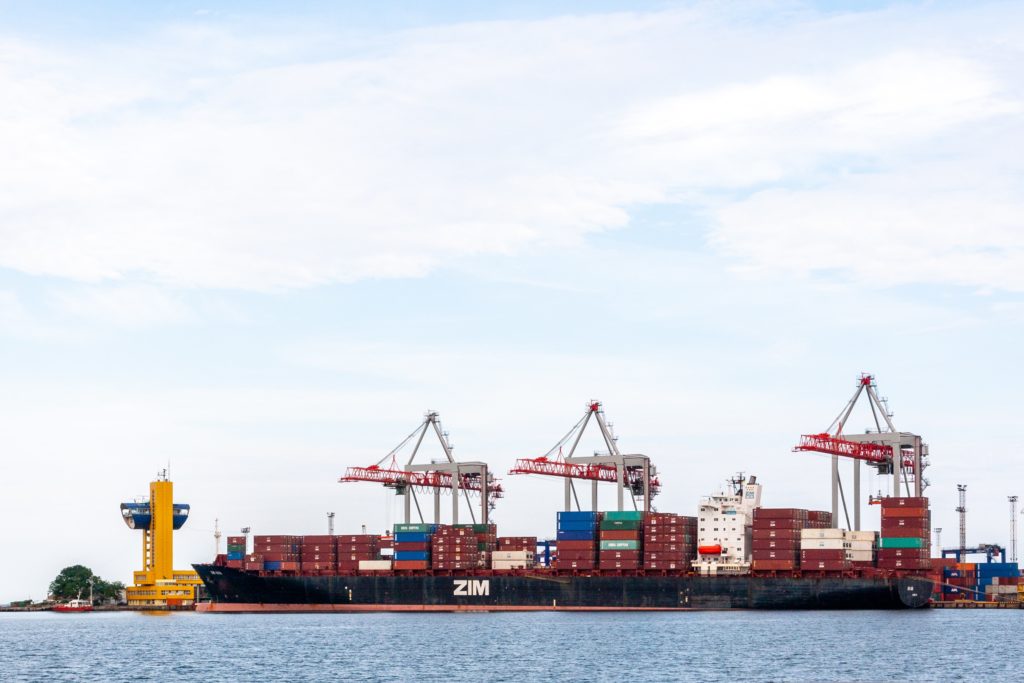Blank Sailings and Fluctuating Demand Complicate Ocean Freight Forwarding
Lack of demand for ocean freight due to the COVID-19 pandemic has resulted in an increase in blank, or canceled, sailings of cargo ships. Though the number of cancellations peaked in February, major shipping companies are still reducing market capacity in an attempt to maintain freight rates. As carriers and shippers aim to strike a balance between fluctuating demand and capacity, it is more important than ever to be aware of the shifts in ocean freight availability and the impact it might have on your business.

Blank Sailings Increase in Q2
According to data from Drewry, May saw a total of 85 blank sailings out of 457 scheduled sailings, or a cancellation rate of 18.6 percent. For June, this rate decreases to 13 percent, with 58 of a planned 461 sailings have been canceled. Transpacific trade routes have experienced the greatest capacity reduction, with 47 percent sailings blanked.
Positively, cancellations have decreased month/month and the trend is expected to continue into July. However, Danish shipping company Maersk, part of the 2M Alliance, has still announced that it anticipates blanking more than 100 sailings within the upcoming third quarter. Its shares decreased by 6 percent mid-May as a reaction. 2M saw the second-highest number of suspended sailings in June at 34 percent, closely following THE Alliance’s 40 percent.
An Increase in Ocean Freight Demand
Frustrations with lack of airfreight capacity and high rates have been driving shippers to turn to the ocean, at least for a portion of their freight’s journey. “When rates go up, sea-air becomes a viable alternative for cargo that cannot pay high airfreight rates, nor accept all-ocean transit times,” Morten Bach, global chief commercial officer for Shipco, told FreightWaves.
As shippers adapt to account for available capacity, ocean freight demand is increasing. The American Journal of Transportation attributes this surge to the growth of eCommerce, as well as moves to distribute PPE via ocean to relieve shortages. Combined with a greater number of blank sailings, this has generated an uptick in freight rates. The last week of May saw prices jump by 12 percent.
Managing Ocean Freight with SiShips
Supported by a downward cancellation trend, predictions for July show that container-ship carriers are likely to offer more sailings in July. However, despite signs that industry may be starting to resume, industry experts are remaining realistic about the likelihood of a peak season in 2020. The upcoming back-to-school months should bring about a surge of demand, but most think this is unlikely. “There is concern for the ocean shipping industry that a peak season may not materialize at all this year,” Rachel Shames, director of pricing and procurement at CV International, said in an interview with Furniture/Today.
Without an increase in demand spurred on by a peak season, carriers will need to be cautious about continuing to maintain their rates. As a result, it’s likely that blanking will continue well into Q3.
With many factors influencing ocean freight, importing can quickly grow confusing. SiShips, designed with our years of customs and freight forwarding expertise, can help manage variable rates and shipping options. Plus, you can track your shipment every step of the way, offering transparency and peace of mind.

